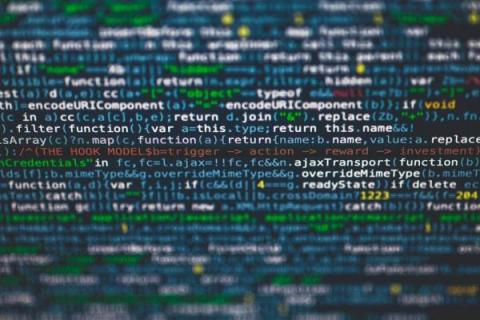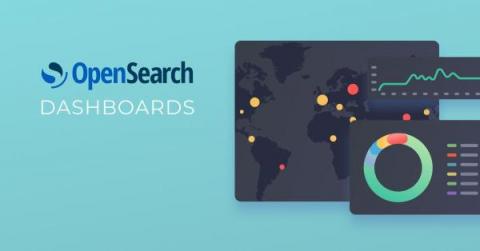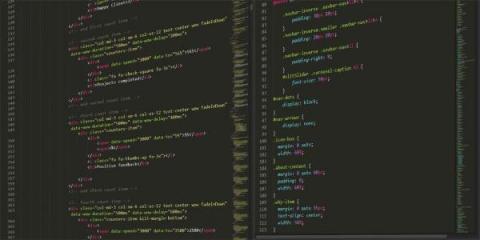Mezmo Joins Industry Campaign to Close the Cybersecurity Talent Gap
The cost of cybercrime is predicted to hit $10.5 trillion by 2025, according to the latest version of the Cisco/Cybersecurity Ventures "2022 Cybersecurity Almanac." The way that people work, the tools that they use, and the mindset they must adopt to protect the enterprise has to evolve to keep up with the threat landscape.










